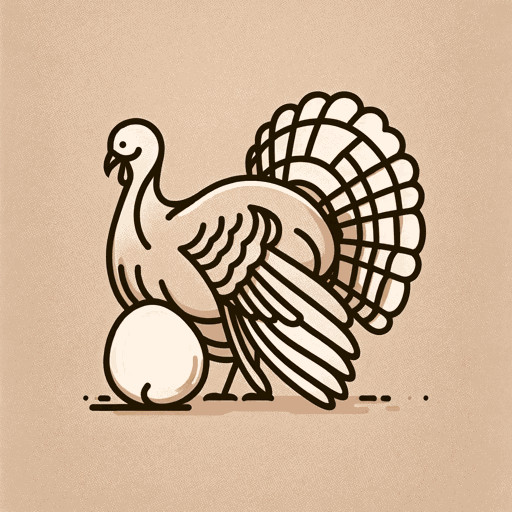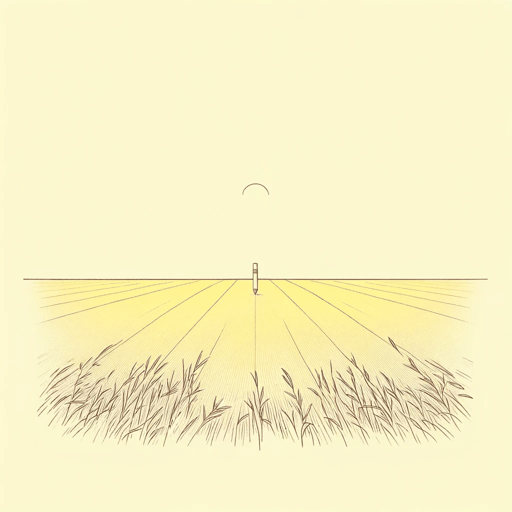53 pages • 1 hour read
Jonathan Safran FoerWe Are the Weather
Nonfiction | Book | Adult | Published in 2019A modern alternative to SparkNotes and CliffsNotes, SuperSummary offers high-quality Study Guides with detailed chapter summaries and analysis of major themes, characters, and more.
Summary and Study Guide
Overview
Widely known for his award-winning fiction, Jonathan Safran Foer explores ideas about food and the environment via his non-fiction prose. Following the publication of Eating Animals (2009), his popular and controversial book about eating and factory farming, Foer wrote We are the Weather: Saving the Planet Begins at Breakfast. The book, published in 2019 (Farrer Straus and Giroux), argues that the main contributor to global climate change is factory farming. Foer’s purpose is to persuade readers that if we all eat a plant-rich diet instead of meat (including chicken, eggs, and milk), we can help ease the climate crisis. To support his complex argument, Foer employs the five elements of the classical Greek argument template.
Foer’s fiction has won many awards and his second novel, Extremely Loud and Incredibly Close (2005), a New York Times Bestseller, became a movie produced by Scott Rudin. Prior to Extremely Loud and Incredibly Close, he wrote a collection of short stories, Everything is Illuminated (2002), and two novels, Tree of Codes (2010) and Here I Am (2016). In addition to his fiction and nonfiction, Foer has written a libretto for an opera titled Seven Attempted Escapes from Silence.
Though Foer is a well-known, acclaimed writer with a large and devoted readership, critics of Foer charge him with historical inaccuracy in his second novel, Everything is Illuminated. One critic for the Huffington Post, Anis Shivani, added Foer to her top 15 list of most overrated American writers.
Summary
The narrative is structured much like an Aristotelian line of reasoning. In the introduction (or what Aristotle called the Exordium), Foer lays the foundation of his argument: If humans gave up eating meat, we could stop the destruction of global climate change. Foer begins by discussing the oldest suicide note on record, “a person’s effort to persuade his soul to consent to suicide” (3). He describes how people in America tasked with stopping the Holocaust couldn’t believe something so horrible was truly happening. He then reveals evidence of his ability to forget the past, relays a moment in US history, discusses the story of Rosa Parks, and considers the illusory nature of memory. Though seemingly unrelated, Foer will tie these ostensibly loose ends together.
In keeping with the model first used by Aristotle to convince an audience of a position, Foer then begins to lay the groundwork for his argument. The Greeks called this part of an argument the Narratio. In a series of one-to-two-page bulleted chapters, Foer presents the facts about climate change, securing the evidence for his thesis.
Making the argument itself is the third element of the classic Greek rhetorical treatise. In a section the Greeks called Proposito and Partitio, Foer implements a combination of memoir and rational argumentation for why the solution to the climate crisis is not, as some would say, to colonize Mars but to change our eating. Foer argues that our planet is sacred, and we must fix the problem at home and unify as a global community, rather than discard our Earth. To do so requires difficult sacrifices, chief among them giving up meat.
In the penultimate chapter, Foer uses a device he planted in the introduction (the suicide note), adopting the structure to present himself arguing with his soul about the truth and untruths of climate change. In his dispute with his soul, Foer questions whether his argument is sufficient or important enough to even bother bringing up. This section corresponds with the fourth part of Aristotelian argumentation, which is the concession and refutation. Arguments always have more than two sides, and in this section, Foer presents all his arguments against changing himself in order to help stop climate change.
Finally, Foer concludes and lays out a call to action in the last section that Aristotle called the Peratio. Here he first discusses American apathy and again revisits the notion that it is difficult for people to actually believe the Earth will die. He concludes, if not with hope, at least with a plan that can help. If we all participate, then we can empower ourselves to make significant changes to arrest the climate crisis.
Finally, it is important to note that Foer’s bibliography is extensive, taking up the last 40 pages. It is as much a part of his overall argument as the other five sections because it establishes his credibility and knowledge as a widely read writer whose research is expansive and cannot be ignored.
Related Titles
By Jonathan Safran Foer





